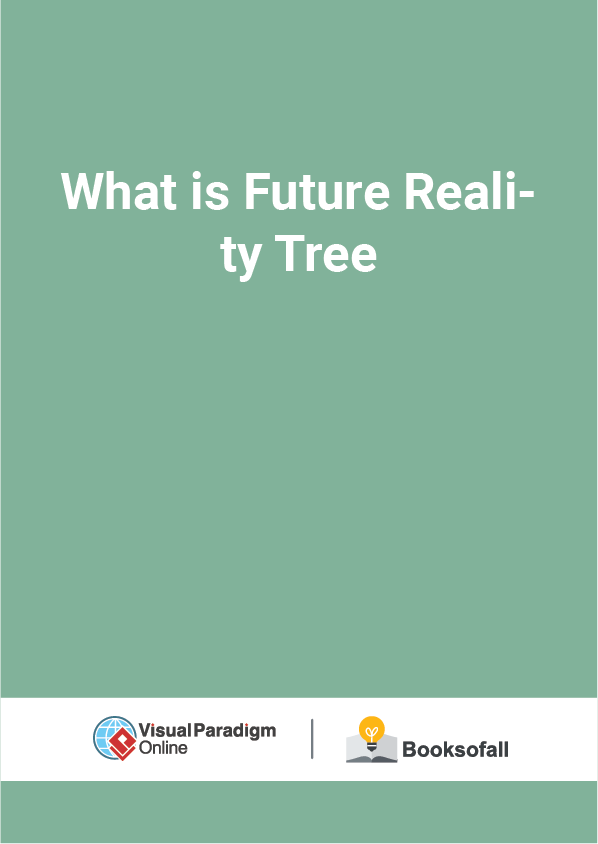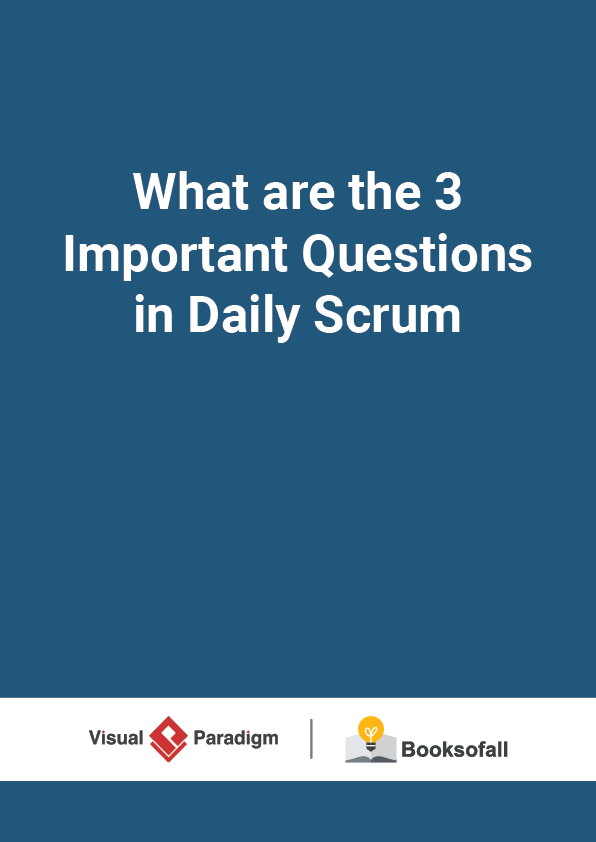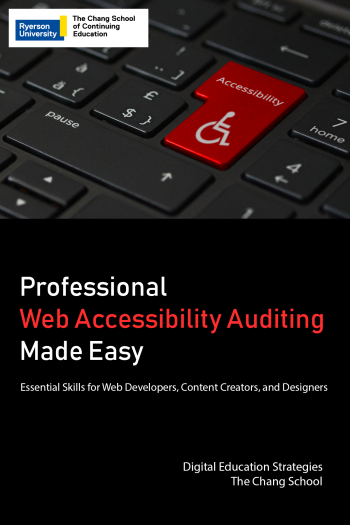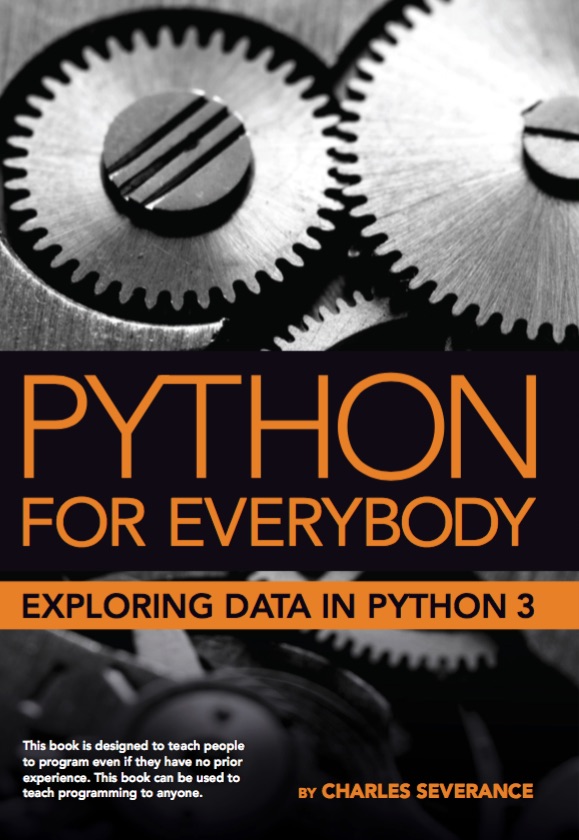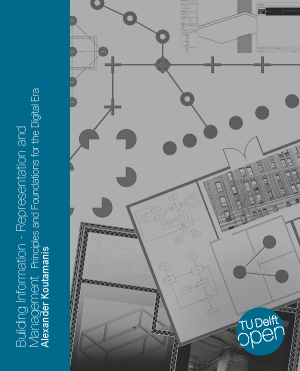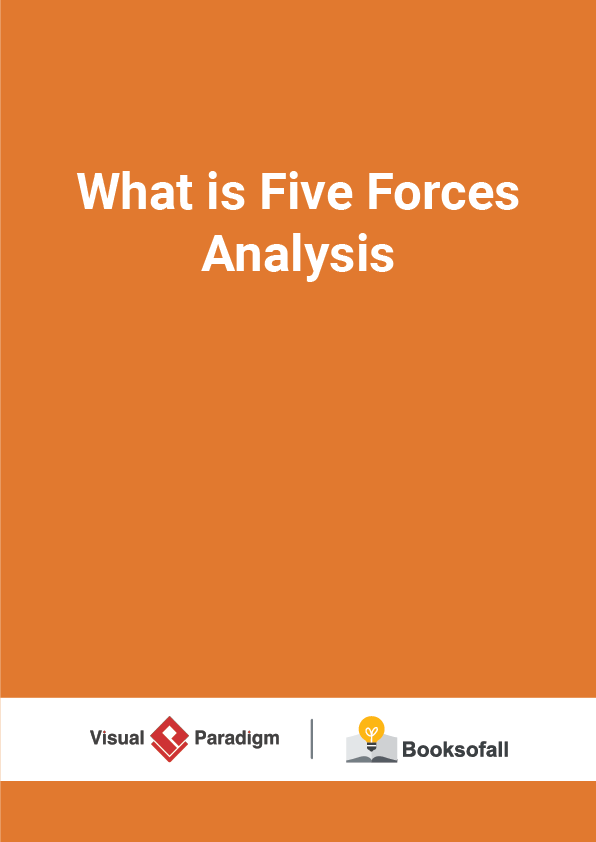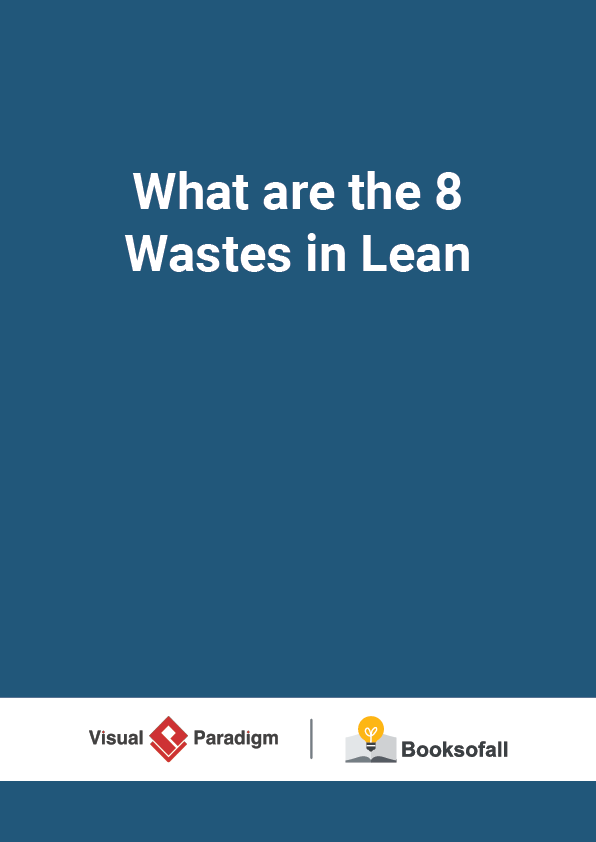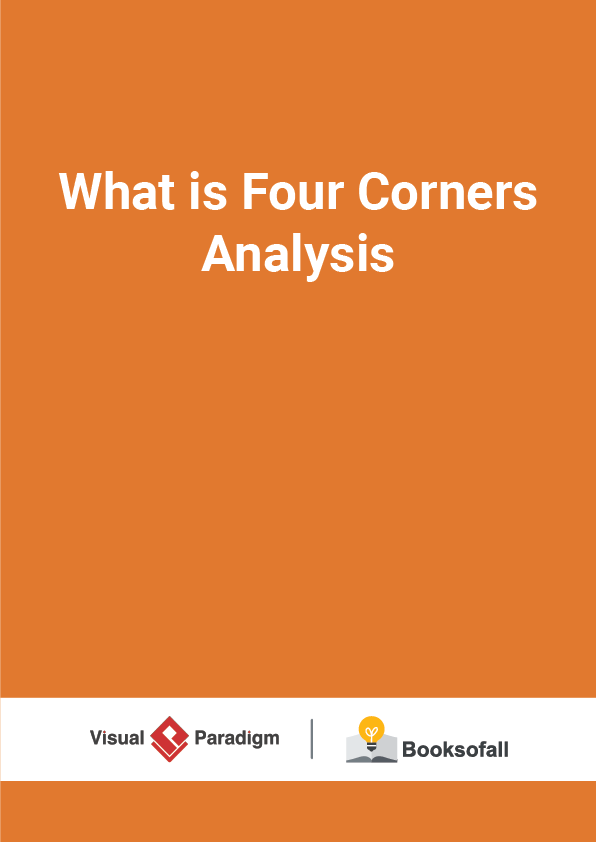What is Future Reality Tree?
2-3 minutes
A Future Reality Tree (FRT), as its name suggests is a tree that allows you to visualize the future state. It answers the question “towards what changes?” or “change for what?” A future reality tree is a logical structure that enables a person to construct a solution which, when implemented, eliminate the existing undesirable Effects (UDEs) by Desired Effects (DEs) without creating devastating new ones. In other words, an FRT presents a sequence of cause-and-effect relationships that links proposed injection(s) to desired effects (DEs).
The structure of FRT is similar to the Current Reality Tree (CRT) but differs from the latter by proposing actions, policies and behavioral changes “injected” into the current state (or reality) to lead to the future state.
- To build a CRT, start with a set of Un-Desirable Effects (UDEs), and build down to the Core Driver, from which we invent Solutions (also called injections.)
- To build an FRT, start with a potential Solution (injection), and build upwards to a set of Desirable Effects (DEs).
How to Create a Future Reality Tree?
The low-level causes (root causes) identified in a CRT strongly influence the entire tree structure of the effects linked to them. Thus, any change aimed at correcting a cause of undesirable effects will propagate its effect “upwards”. This is achieved by combining the real causes with injections, which are entities (actions or conditions) which do not yet exist, but which are necessary to correct the current state, to transform it into a target desirable or future state.
- An FRT is built from the bottom up, while the CRT is described from the top (UDEs)down to the root cause.
- At the top of the FRT are the desirable effects (Desirable Effects, DE), which are most often the negations of the UDEs.
- An FRT shows exactly how a solution will eliminate the UDEs and will bring the Desired Effects (DEs).
- An FRT ensures our focus on the right solution and that our efforts are not futile.
